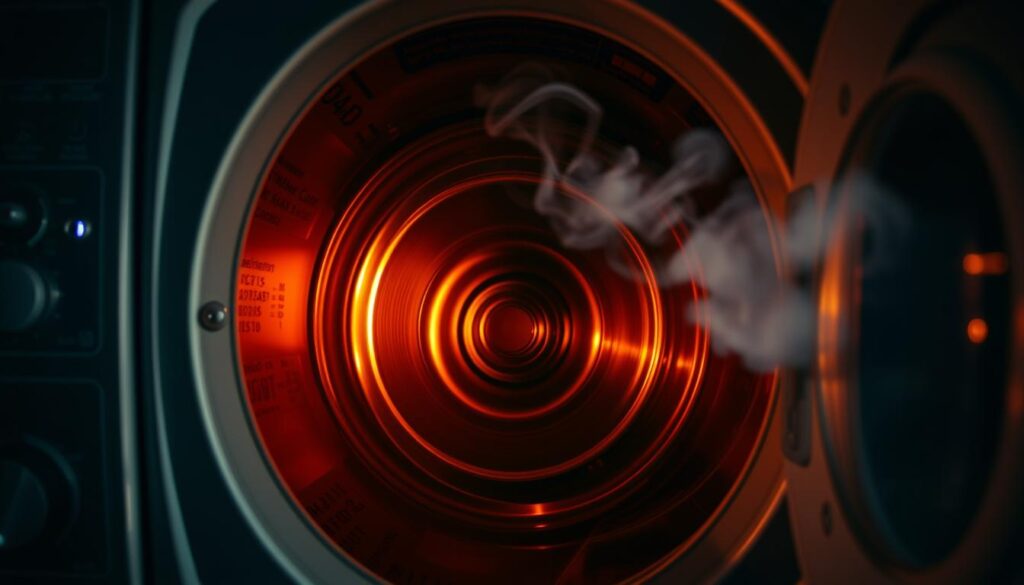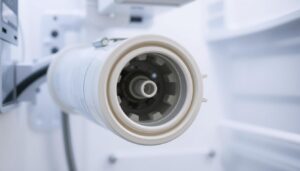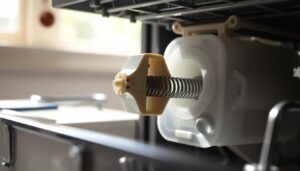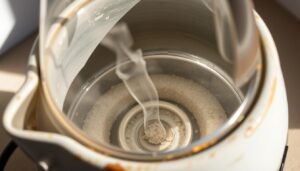Is your tumble dryer getting too hot to handle? If your clothes are coming out warmer than usual or the exterior is too hot to touch, it’s time to take action.
An overheating tumble dryer is not just a minor issue; it’s a sign that something is amiss. Ignoring this problem can lead to potential fire hazards and damage to your appliance.
In this comprehensive guide, we’ll help you identify the causes of tumble dryer overheating and provide expert solutions to resolve these problems effectively.
Key Takeaways
- Recognise the warning signs of tumble dryer overheating to prevent potential hazards.
- Identify simple DIY fixes to resolve tumble dryer overheating issues.
- Understand when to seek professional repair services for your tumble dryer.
- Implement regular maintenance to extend the lifespan of your tumble dryer.
- Improve your tumble dryer’s energy efficiency with proper troubleshooting techniques.
Understanding Tumble Dryer Overheating Issues
Recognizing the signs of tumble dryer overheating is vital to preventing potential fires and maintaining your appliance’s efficiency. An overheating tumble dryer is often a sign that something is wrong, and ignoring this issue can lead to serious safety concerns.
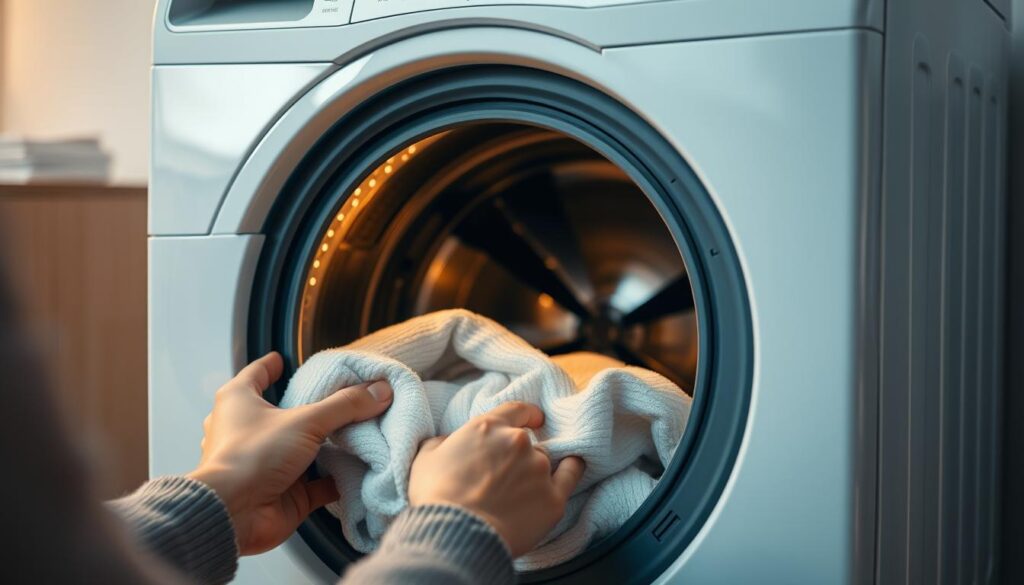
Signs Your Tumble Dryer Is Overheating
If your tumble dryer is excessively hot to the touch, emits a burning smell, or makes unusual noises, it may be overheating. You might also notice that your clothes are not drying properly or that the dryer is taking longer than usual to dry a load. These signs indicate that your tumble dryer is experiencing problems that need immediate attention.
Why Overheating Is a Serious Safety Concern
Overheating in tumble dryers can lead to significant safety risks, including the potential for fires. The combination of heat, electricity, and lint creates a hazardous environment if your tumble dryer overheats regularly. Moreover, overheating can damage internal components of your appliances, leading to costly repairs or even complete failure. Ensuring your tumble dryer operates within a safe temperature range is crucial for the safety of your home and family.
Common Causes of Tumble Dryer Overheating
Understanding the root causes of tumble dryer overheating is crucial for effective troubleshooting. Several factors can lead to this issue, ranging from simple maintenance oversights to more complex mechanical failures.
Restricted Airflow and Ventilation Problems
Restricted airflow is a primary cause of tumble dryer overheating. When the airflow is restricted, the dryer cannot efficiently expel hot air, leading to a buildup of heat. Ensure that the venting system is clear and not kinked or blocked. Regularly cleaning the lint filter and ensuring proper installation can mitigate this issue.
Faulty Thermostats and Temperature Controls
Thermostats and temperature controls regulate the dryer’s temperature. A faulty thermostat can cause the dryer to overheat by failing to turn off the heating element when the desired temperature is reached. Testing these components for continuity and proper function can help identify if they are the cause of the problem.
Heating Element Malfunctions
The heating element warms the air as it passes over the element. If a faulty heating element is the issue, it may produce heat continuously, even if the dryer has reached the proper temperature. Some common issues with element include:
- Developing shorts or other electrical faults that cause them to generate heat continuously.
- Mineral deposits from hard water areas building up on the elements, causing inefficiency and excess heat.
- Physical damage creating hot spots that lead to overheating.
To diagnose a heating element issue, use a multimeter to test for continuity and appropriate resistance values. Ensuring your machine is properly maintained can prevent such issues.
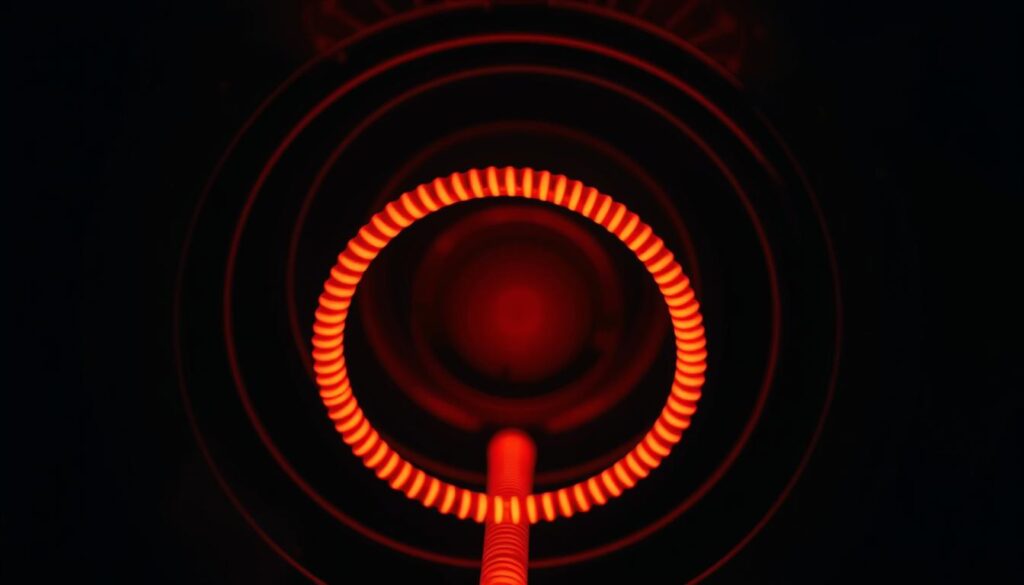
How to Troubleshoot Tumble Dryer Overheating
Troubleshooting tumble dryer overheating requires a systematic approach to diagnose the issue accurately. You need to inspect various components to identify the root cause of the problem.
Checking and Cleaning the Exhaust Vent
Start by checking and cleaning the exhaust vent. A clogged vent can cause the dryer to overheat. Ensure that the vent is clear of lint and debris.
Inspecting the Lint Filter and Condenser
Inspect the lint filter and condenser for any blockages. Clean or replace them as needed. A dirty lint filter or condenser can restrict airflow, leading to overheating.
Examining the High Limit Thermostat
The high limit thermostat is a critical safety device that prevents the dryer from overheating. Check if it’s functioning correctly. If it’s faulty, consider replacing it.
Testing the Cycling Thermostat
The cycling thermostat regulates the normal operating temperature. Test it using a multimeter to check for continuity. If it’s defective, replace it with an exact manufacturer-approved replacement part.
As a quote from a reliable source states, “a functioning cycling thermostat should show continuity at room temperature and lose continuity when heated.”
DIY Solutions for Overheating Tumble Dryers
If your tumble dryer is getting too hot, there are several DIY fixes you can try before calling a professional. Regular maintenance is key to preventing overheating issues. By following some simple steps, you can ensure your dryer operates safely and efficiently.
Proper Cleaning and Maintenance Techniques
Regular cleaning of the lint filter and condenser is crucial. Check your user manual for specific instructions on how to clean these parts effectively. For more detailed guidance, you can visit this helpful resource on fixing dryers that are too hot.
Resetting Thermal Overload Cut-outs
If your tumble dryer has a thermal overload cut-out, you may need to reset it. This usually involves switching off the dryer, unplugging it, and then pressing a reset button. Be sure to check your dryer’s manual for the exact way to do this for your specific model.
When to Replace Parts Yourself vs. Call a Professional
While some parts, like lint filters and vent hoses, can be replaced by homeowners, more complex components such as the heating element may require professional repair or service. Consider your technical abilities and the potential risks before attempting any repair. If in doubt, it’s always best to consult a professional to avoid further damage or safety hazards.
Preventing Future Tumble Dryer Overheating Problems
Preventing tumble dryer overheating is crucial for the longevity of your appliance and your home’s safety. To achieve this, you need to focus on regular maintenance and proper installation.
Regular Maintenance Schedule
Regular maintenance is key to preventing overheating issues. You should check and clean the lint filter after every use, inspect the venting system regularly, and ensure that the airflow is not restricted.
Optimal Installation and Ventilation Tips
Proper installation and ventilation are critical to preventing overheating. Ensure that your tumble dryer is installed in a well-ventilated area with adequate clearance around it. Use rigid metal ducting for the venting system instead of flexible plastic hoses to improve airflow and reduce lint accumulation.
| Installation Tips | Benefits |
|---|---|
| Position dryer in a well-ventilated space | Reduces risk of overheating |
| Use rigid metal ducting for venting | Improves airflow and reduces lint accumulation |
| Keep vent runs short and straight | Minimizes bends that restrict airflow |
Conclusion: Keeping Your Tumble Dryer Safe and Efficient
A well-maintained tumble dryer is not only efficient but also safe to use. To achieve this, it’s essential to address potential overheating issues promptly. Regular maintenance, including cleaning the lint filter and checking the exhaust vent, can significantly reduce the risk of overheating. For more information on common faults and troubleshooting, visit Domex UK’s guide on tumble dryer.
By understanding when to attempt DIY repairs and when to call a professional, you can balance cost considerations with safety requirements. Many tumble dryer fires can be prevented with simple maintenance steps. Modern dryers are designed with multiple safety features, but these rely on proper maintenance to function effectively. By following the guidelines outlined in this article, you can enjoy the convenience of your dryer with confidence in its safe operation.
